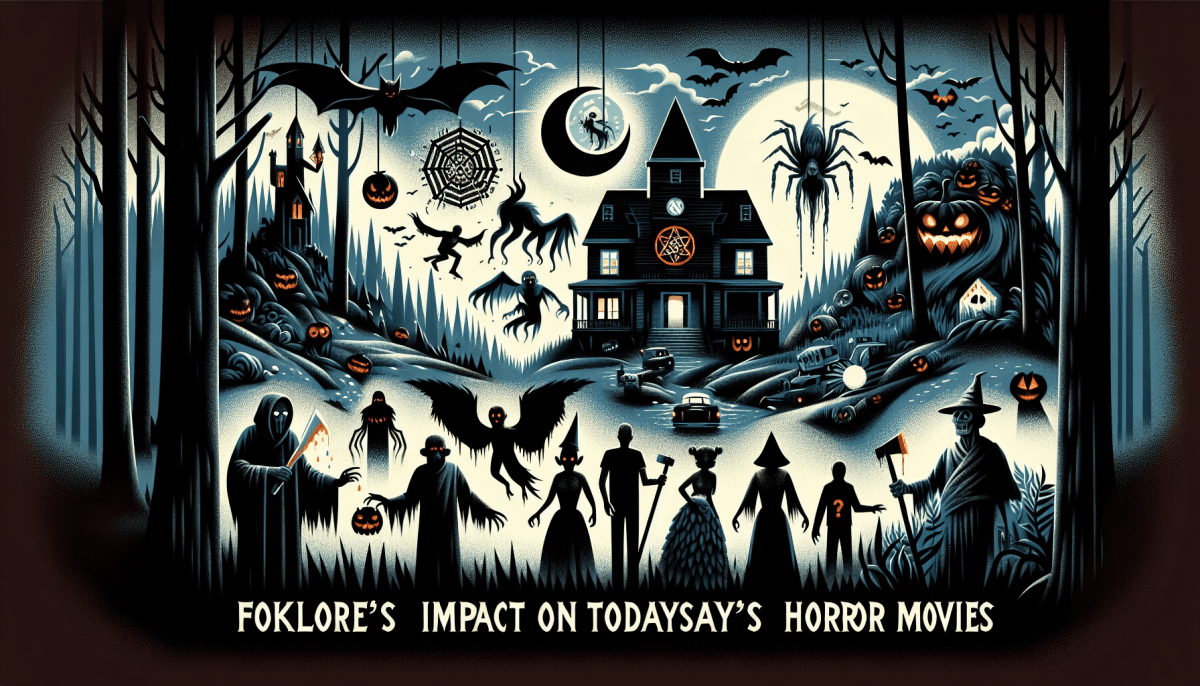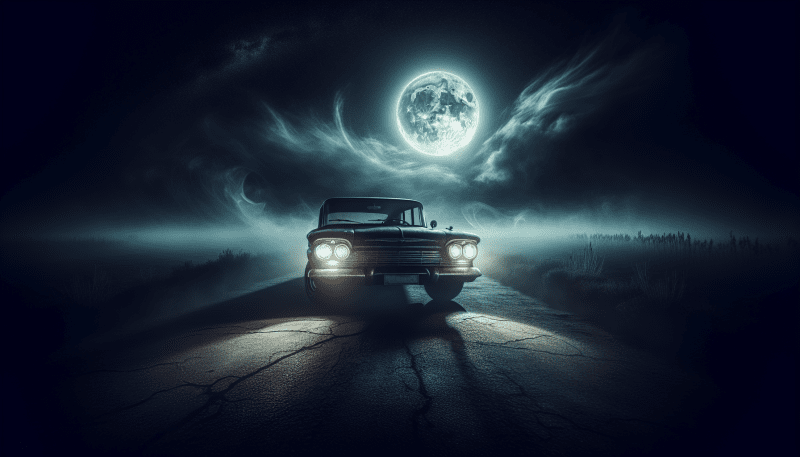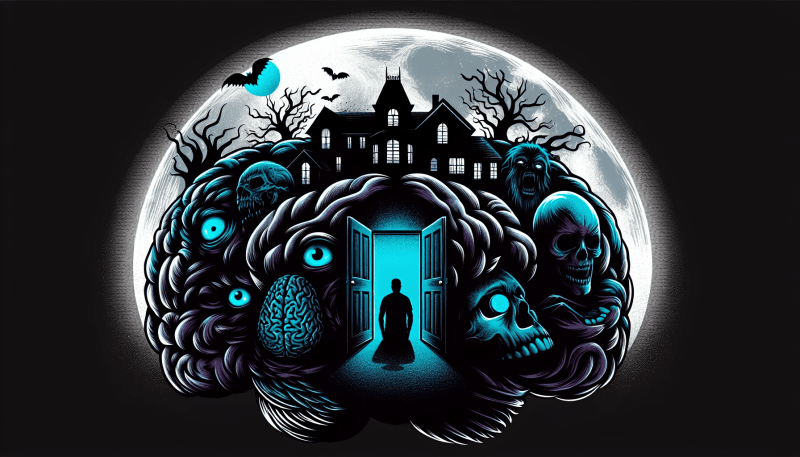Folklore has always been a rich source of inspiration, shaping stories across generations. In the realm of modern horror, the influence of folklore on modern horror movies is more significant than ever. These narratives tap into age-old fears, traditions, and beliefs, breathing new life into the genre while giving us chills that resonate on a deeper level.
Many horror films today borrow elements from regional myths and legends. Think about movies like "The Witch" or "Midsommar," which dive into the eerie vibes of old folklore. These films transport viewers into unsettling worlds where ancient superstitions play a crucial role in the plot. By doing so, they not only scare us but also make us contemplate the cultural roots of our fears.
What makes this connection so fascinating is how folklore presents humanity’s struggle with the unknown. Stories of vengeful spirits, cursed places, or mythical creatures are ways of understanding our deepest anxieties. When filmmakers draw on these themes, they tap into universal fears, making their stories both relatable and terrifying. It’s a reminder that while times change, some fears remain timeless.
Moreover, the influence of folklore on modern horror movies brings a sense of authenticity. Whether it’s rural customs or urban legends, these films create an atmosphere that feels grounded in reality, even when the plot delves into the supernatural. This blend of the familiar and the uncanny allows for a unique storytelling experience that captivates audiences and leaves a lasting impression.
Key Themes from Classic Folktales
Classic folktales are rich in themes that speak to our deepest fears and desires, and these themes often find their way into modern horror movies. Many traditional stories tap into universal feelings like fear of the unknown, the battle between good and evil, and the consequences of one's actions. This makes them not only timeless, but incredibly relevant even today.
One key theme found in these tales is the idea of moral lessons. Folktales often showcase characters who face dire consequences for their bad choices. You’ll see this in horror films where characters who make poor decisions frequently meet their fates—think of those classic slasher flicks. The influence of folklore on modern horror movies helps remind audiences that actions have consequences, even if they’re faced with supernatural forces.
Another prominent theme is the concept of the otherworldly or supernatural. Many folktales feature witches, monsters, or spirits that challenge human understanding. This theme resonates in today’s horror films, where supernatural elements amplify fear. By drawing on these age-old tales, filmmakers can evoke a sense of unease, making us question what lurks in the shadows.
Finally, the theme of transformation is prevalent in folklore. Characters often change dramatically—sometimes for better, sometimes for worse—after encountering the unknown. This mirrors the character arcs we see in horror movies, where protagonists might either become heroes or fall victim to their surroundings. By weaving these transformations into their narratives, filmmakers tap into one of the most relatable aspects of humanity: change and its unpredictability.
Cultural Influences on Horror Storytelling
Horror storytelling has deep roots in culture, and one of the most fascinating aspects is how folklore shapes these chilling tales. Different regions around the world have their own folk traditions that highlight unique fears and supernatural beings. When you look at modern horror movies, you can see shadows of this folklore, bringing age-old stories to life in fresh and frightening ways.
For example, many Asian horror films draw on a rich tradition of spirits and ghost stories from centuries past. Movies like “The Ring” and “Ju-on” are perfect examples where traditional beliefs about spirits influence the narrative. These stories tap into cultural fears and provide a backdrop that resonates with local audiences. It’s no wonder that these films have left a mark on global horror, blending their unique elements with broader themes of dread.
Similarly, in Latin America, folklore brims with mythical creatures that evoke fear and fascination. The "La Llorona" legend is a prominent tale that has found its way into films, combining deep cultural expressions with horror elements. These movies often explore themes of loss and despair, reflecting societal struggles while drawing from the well of tradition. This blend makes the influence of folklore on modern horror movies even more palpable and engaging.
Even in Western cinema, you’ll find folklore creeping in. Think of stories like "The Witch" which pull from New England superstition and historical folklore. This fusion of past beliefs and modern film techniques creates a powerful tension that captivates audiences. It shows how tales from long ago can still resonate and terrify, reminding us that the past is never too far behind.
Unique Characters Inspired by Folklore
Folklore has always been a treasure trove of unique characters that seem to leap from the pages of ancient tales right into the heart of modern horror films. These strange and captivating figures bring a rich history and cultural depth that resonates with audiences today. Think about it—when you watch a horror movie, you've likely encountered some eerie creature or unsettling spirit that feels as if it could've stepped straight from folklore.
Take the Wendigo, for instance. This haunting figure from Native American lore embodies greed and hunger. In modern horror films, the Wendigo often represents the darkest parts of humanity, showcasing how desperation can twist someone into a monster. Movies that draw from this legend showcase how the influence of folklore on modern horror movies can transform fear into a reflection of societal anxieties.
Then there's La Llorona, the weeping woman of Latin American folklore. Her tragic tale of loss and sorrow translates beautifully into horror, creating a chilling backstory for movies that utilize her spirit. This character taps into deep-seated fears around loss, family, and the supernatural, demonstrating how folklore can breathe life into modern scares. The legend captivates viewers, as they wonder what horrors lie behind the heart-wrenching tale.
Lastly, we can't overlook the Slender Man. Although a more recent addition to folklore, this figure has taken on a life of its own in horror films. His origins stem from internet lore, but he draws on themes found in traditional folklore—like fear of the unknown. The Slender Man’s tall, slender appearance and mysterious nature create a sense of unease that resonates with viewers, showcasing how the influence of folklore on modern horror movies evolves with time and culture.



